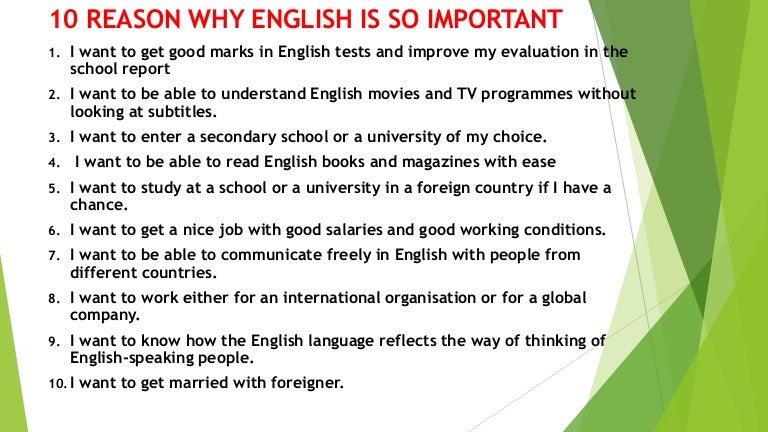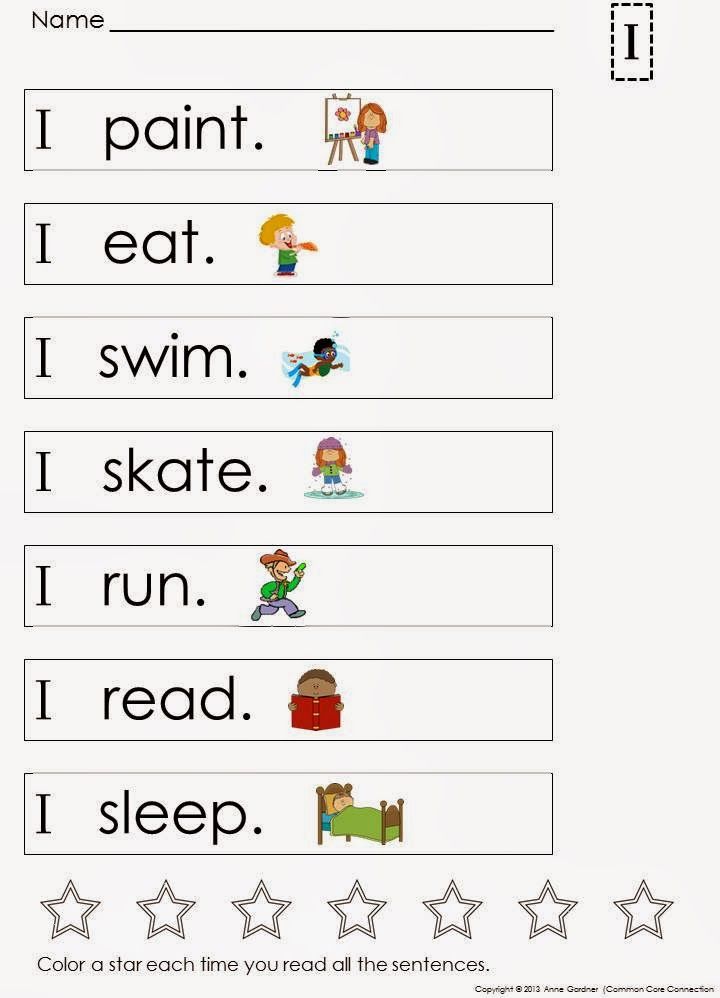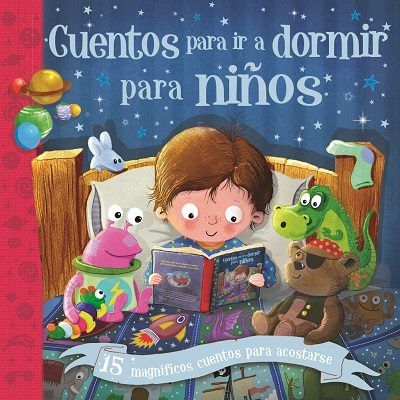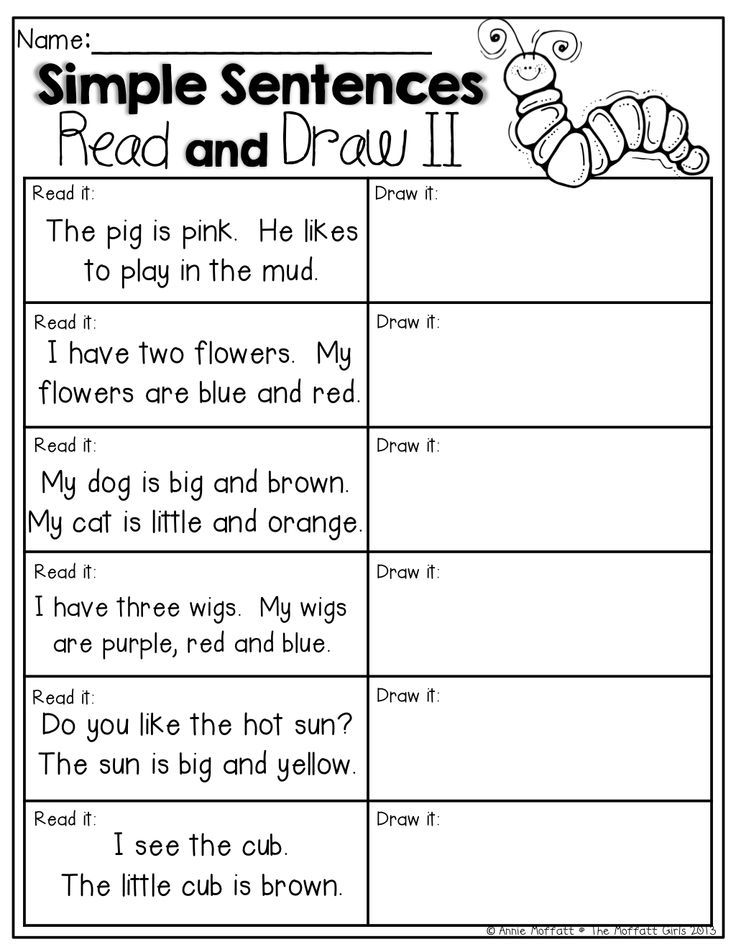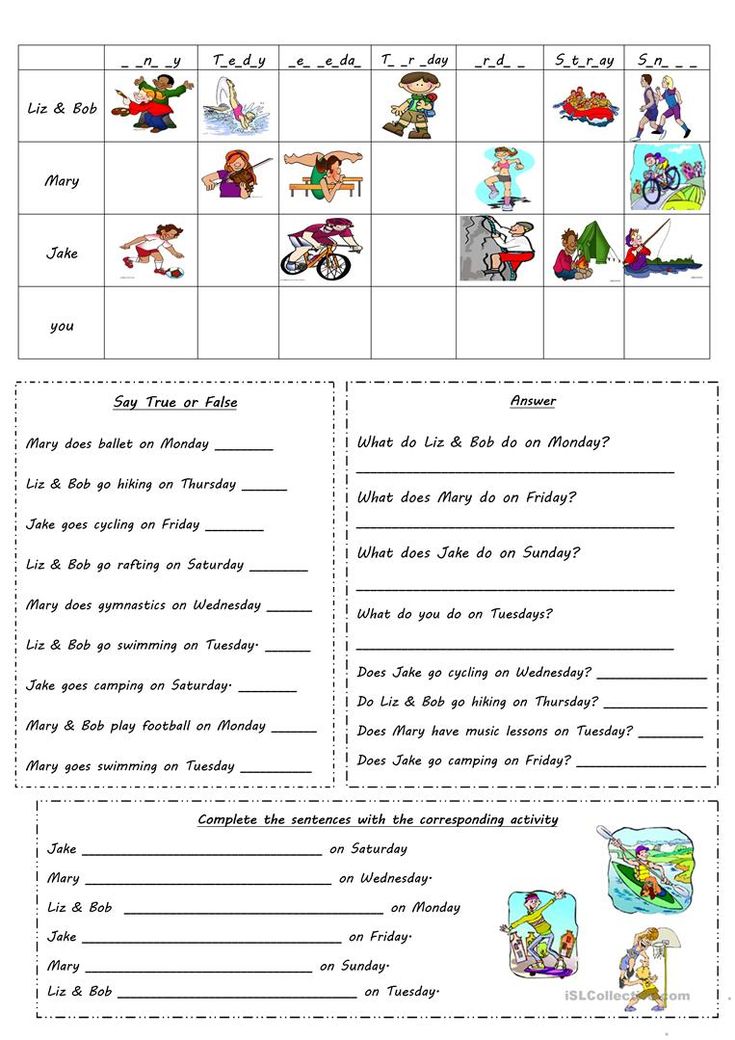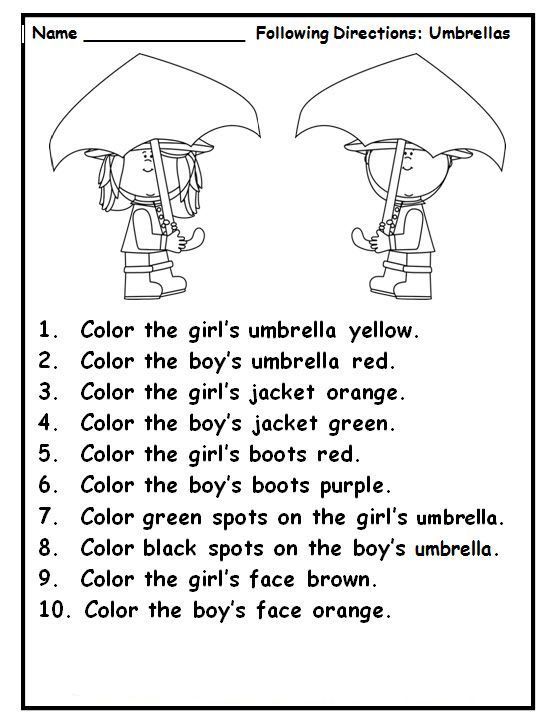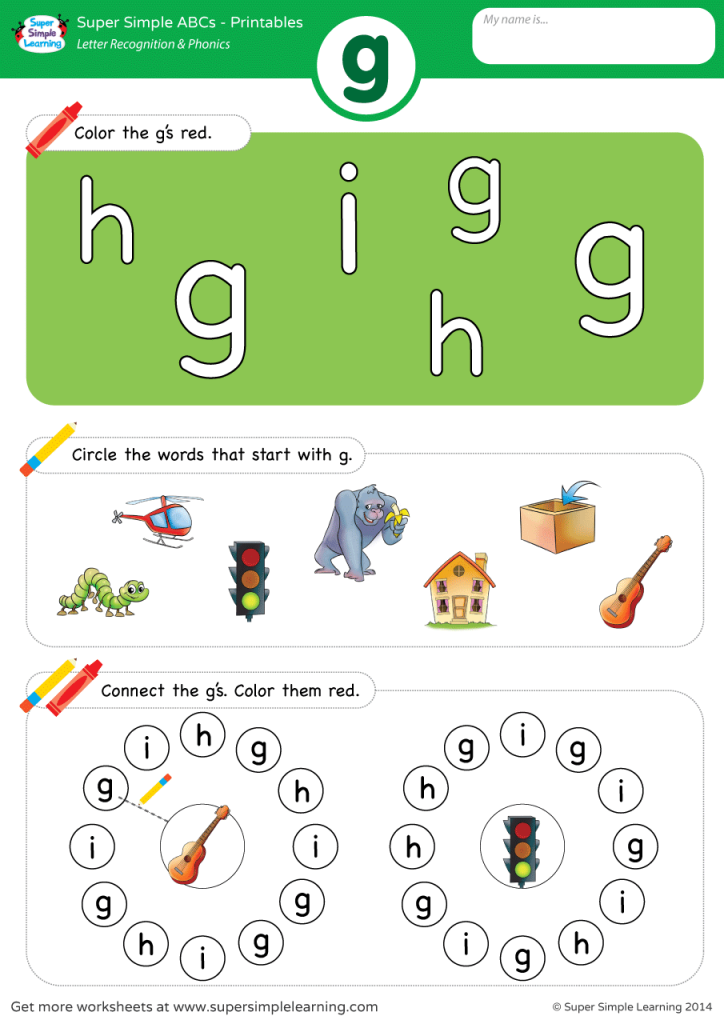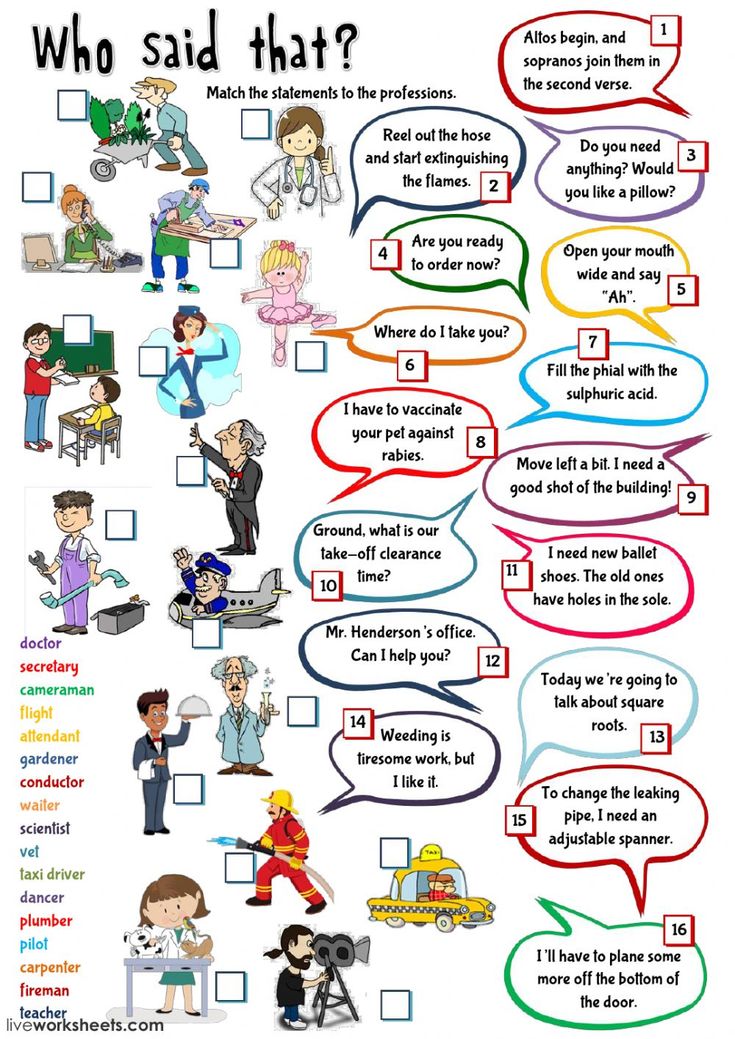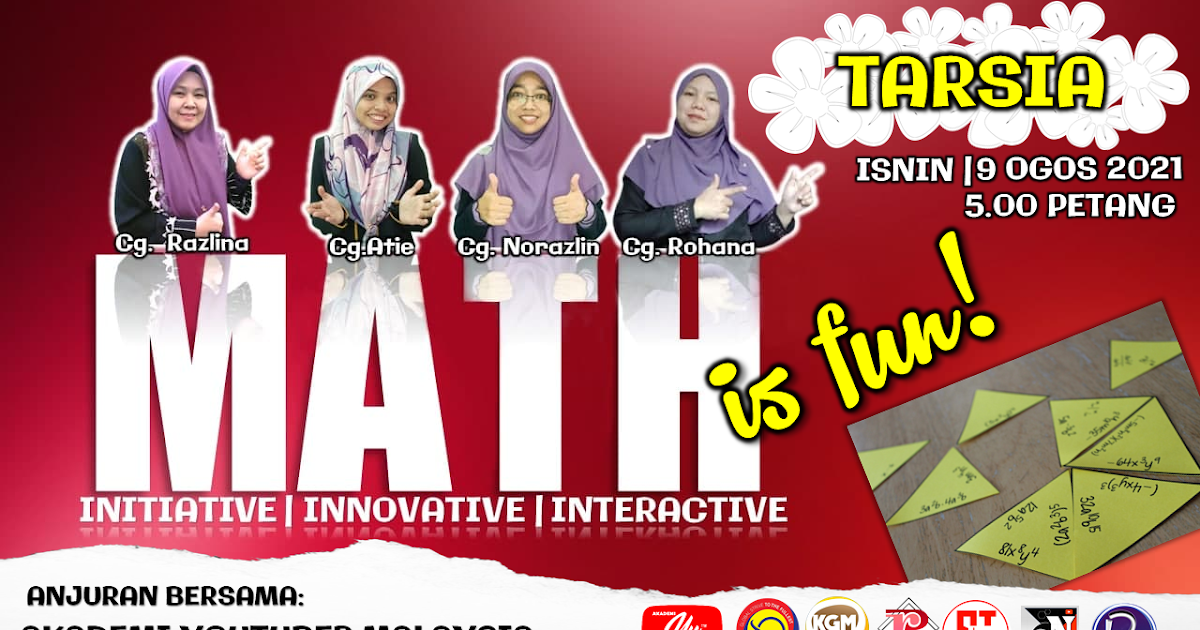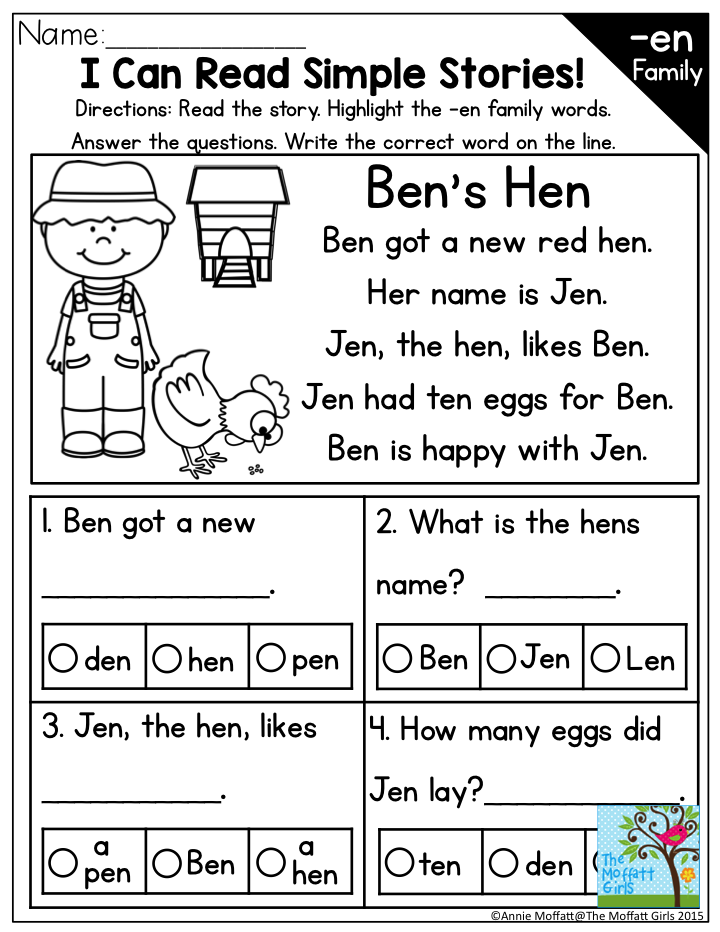Why are shapes important to learn
Why Learning Shapes Is Important, Plus 4 Ways Parents Can Help
Learning shapes isn’t just about teaching your child how to draw a circle or square. When we look closely enough, we may recognize just how many shapes occur naturally in the world around us. Not just in math, but also in reading, science, and art!
Why Learning Shapes Matters
As we mentioned, shapes are all around us. If you do a quick glance around the room you’re currently sitting in, we bet you could identify a handful of shapes within a matter of seconds.
For a young preschooler, learning shapes can be incredibly helpful by offering an early step to understanding how numbers and objects relate to one another.
Pre-k math will show kids how easy it is to count the number of sides of a single shape to get a handle on applying concrete counting skills to a visual object.
But that’s not all shapes are good for!
There are five different mathematical ideas your child will need as they grow into capable mathematicians. Below are some of the ways learning shapes can help them get a grasp on these ideas.
Distinguishing Between Objects
Learning shapes helps your child learn to differentiate between objects.
In order to memorize how shapes are different from one another, they’ll learn to pay attention to the little details that distinguish shapes.
This detail-oriented learning helps them across the board, no matter what subject they’re tackling head-on!
Spatial Reasoning And Problem Solving
We’ve all seen shape puzzles; they’re popular for a reason.
The blanks inside the puzzle develop your child’s spatial reasoning and problem-solving skills, as they have to try multiple shapes until they find the right one to fit each space.
Learning about shapes directly increases these abilities.
Categorization
Your child will learn how to couple their differentiation skills with their categorization skills.
By separating shapes based on their similarities and differences or by specific characteristics such as color, size, and amount, your child will be able to accurately sort and categorize objects.
These skills benefit mathematical thinking because they help children understand sets and subsets, which can improve their understanding of concepts behind math procedures.
Counting And Patterns
Like we mentioned before, shapes help your child learn how to count. They can easily count the number of sides on each shape to help them remember the details of these shapes.
They will learn how to form patterns with shapes, as well!
4 Fun Activities For Learning Shapes
Here are some of our favorite activities for learning shapes. Try them at home with your growing mathematician!
1) Shape Scavenger Hunt
What You’ll Need
- Good weather (if you choose to do this outdoors)
- A cheat sheet of basic shapes
- A marker
What To Do
You and your child can go for a walk in the neighborhood or hunt for shapes inside the house on a rainy day.
You’ll snoop around the house like sneaky shape detectives, using your “cheat sheet” of shapes to keep a tally of how many times you can find each shape in your home.
If this is the first time your child has attempted identifying shapes in their environment, acting as an encouraging guide can be a great help!
Help them recognize the ways shapes naturally occur in everyday life — mirrors can be rectangles or circles; pizza slices are like triangles; and so on.
Keeping track of what your child can find will give both them and you some insight.
They’ll understand just how many shapes are all around them, and you may notice that your child needs a bit more practice with recognizing certain shapes.
2) PlayDoh Tracing
What You’ll Need
- Several sheets of paper
- A marker
- PlayDoh of different colors
What To Do
You’ll start out by prepping the pieces of paper. Each sheet will hold a single type of shape.
For our example, we’ll have one sheet for squares, one for circles, and one for triangles. Feel free to add more shapes or start small with only one.
Start with a single shape, like a square. You’ll want to draw several squares of drastically different sizes on a single sheet of paper. Use thick, bold lines so your child can clearly see the perimeter of each shape.
You’ll want to draw several squares of drastically different sizes on a single sheet of paper. Use thick, bold lines so your child can clearly see the perimeter of each shape.
Next, your child will use different colored PlayDoh to “fill” each square outline. You want them to use different colors so they can highlight a distinguishing characteristic between the squares — their size!
If your child is familiar with shapes already and you want to make this more advanced, you can draw several different shapes onto one piece of paper.
For our example, we will use circles, squares, and triangles (try rectangles, ovals, semi-circles, and pentagons for more advanced learners).
This time, your child will fill the outlines based on the type of shape they are. So, all circles will get the same color of PlayDoh, while all ovals get a different color. They will repeat this process until all of the shapes are full.
Finally, they can count how many of each shape (and color) they have.
3) Shape Stamp Paintings
What You’ll Need
- Sponges you’re comfortable cutting up
- A variety of paint (watered down)
- Sheets of paper
What To Do
This activity requires a bit of preparation before the fun can get started, but the masterpieces your child will make are worth it!
You’ll begin by cutting up the sponges into a mix of different identifiable shapes. We recommend incorporating both basic shapes and more interesting shapes, all with sides that are easy to count.
In addition to basic shapes like squares and circles, stars, ovals, and hearts are great ones to add in.
After all the sponges are cut, set out a few different colors of paint. It’s not necessary to assign specific colors to specific shapes, as a mix of both will allow your child to identify flexible patterns once the activity is complete.
With everything set, your child is ready to get splashing with the paint and sponges (figuratively speaking, of course!). They’ll use their sponges to stamp out a variety of shapes in multiple colors.
They’ll use their sponges to stamp out a variety of shapes in multiple colors.
Once everything is dry, you can challenge them to identify how many of each shape they stamped, how many times they used certain colors, and so on.
4) Shape Pizza
What You’ll Need
- Colored construction paper
- Yellow
- Red
- Green
- Brown
- Black
- White
- Scissors
- A single die
What To Do
You and your child will be opening your own pizzeria! The “secret ingredient” to your delicious pizza? Shapes!
To make a pizza, cut out a large circle for your crust. Then you’ll cut out a variety of ingredients. Depending on what your child likes to eat, you can adjust what ingredient each of your shapes will represent.
For our example, we will use these ingredients:
- Circles for pepperoni
- Triangles for cheese
- Rectangles for peppers
- Squares for mushrooms
- Semi-circles for olives
Make a menu with the shapes and what they stand for.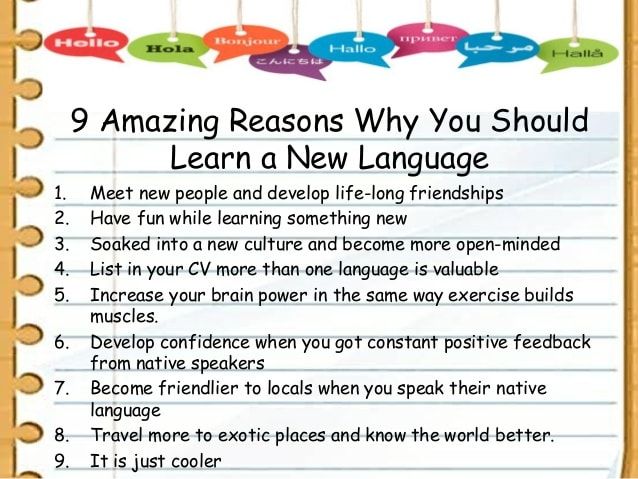 Then place an order for which topping you want (start with one topping only) and have your child roll the die to see how many of that topping the pizza will have.
Then place an order for which topping you want (start with one topping only) and have your child roll the die to see how many of that topping the pizza will have.
For example, if you want peppers and your child rolls a 2, they’ll place 2 rectangles on the pizza.
We recommend referring to the shape names as you order and again when “checking” the order. You could say, “That’s it! I get four semi-circle olives. Yum!” You can then switch roles and let your child order a pizza.
To play with older children or make the game a bit more challenging, order a pizza with more than one topping, with your child rolling the die the designated amount of times to determine how many of each topping you get.
If you wanted three toppings, for example, your child would roll the die three separate times to come up with the number of those toppings to put on your pizza.
Once you’re finished with one pizza, you can glue the shapes to the paper to save as a keepsake or remove them and make another pizza!
Learning Shapes Is Just The Beginning
We can’t capture all of the possibilities that come with learning shapes, but we hope this article helped paint a picture of how helpful and exciting shapes can be to your child’s learning adventures!
The ideas don’t stop here, either. We know not every family always has time to tackle a shape game filled with sticky glue and construction paper.
We know not every family always has time to tackle a shape game filled with sticky glue and construction paper.
Sometimes you need quick and effective shape activities that don’t sacrifice fun in the name of functionality.
The HOMER Learn & Grow App has just what you need! We have tons of shape activities available for your child to do, like our Castle Creator or our Pizza Parlor, where they will get to make pizzas for customers who pick exactly how many toppings they want.
We hope you’ll give these activities a shot. We think you’ll be surprised how fun learning shapes can really be!
Author
Why Teach Shapes? Why It Matters and Easy Learning Activities (Plus Printables!)
Why teach shapes? Learn why children need to learn shapes and the best activities to help. Plus printables!
Shapes are one of those things we work on with kids from a young age. We teach what a circle is, a triangle, a square. Colors, letters, numbers, shapes.
Colors, letters, numbers, shapes.
These are some of the first things we work on with children.
Colors are easy and fun to point out. Numbers and letters are building blocks for their entire future.
But why do we focus on shapes? Are they just easy?
There are actually some very concrete reasons for teaching toddlers and preschoolers shapes.
Here are 5 big reasons to teach preschoolers and toddlers shapes, plus some fun printables to color or use play-doh for sensory shape fun.
What's In This Post?
- Why Teach Shapes?
- Same or Different
- Categorization
- Problem Solving and Spatial Relations
- Math Skills
- Grab these printables for more shape practice!
- Letter Recognition
- Ways to Learn and Practice Shapes
- Just Talk
- Shape Hunts
- Shape Toys
- Coloring and Tracing
- Play-Doh Shapes
- Shape Sticks
- Shapes Everywhere
- I want the Freebies!
- Thank you!
- Bonus Shape Practice Printables
- Related
Why do we teach shapes to our children?
It isn’t just because it is easy. Shapes are building blocks for several bigger concepts that children will use throughout their schooling and lives.
Shapes are building blocks for several bigger concepts that children will use throughout their schooling and lives.
There are big reasons to start shape learning early. Here are some major concepts they work.
Same or DifferentBasic shapes like circles, triangles, and squares are distinctly different from each other. This makes them great for practicing same and different.
Same and different is the start of really recognizing distinctive traits objects can have. It is also the first level of categorizing.
Are these two objects the same or different? This is the start of basic observation skills.
CategorizationOnce the basic same or different concept is down, children can move into more complicated categorization.
What makes a circle different from a square? This is detailed recognition of traits objects have.
An important skill is being able to find a common characteristic among different items. A great way to practice this is to send your child on a shape hunt.
A great way to practice this is to send your child on a shape hunt.
How many circle objects can they find? How many squares? This shows them that shape is something that many different things can have in common.
Categorization is an important science skill.
Problem Solving and Spatial RelationsShapes are a great way to introduce problem-solving skills.
Take a shape sorter. Your child needs to determine which shape goes in which hole, and then they need to actually fit it in.
This works spatial relation skills as well. How do objects fit together? (As your children grow puzzles work the same sort of skill. How do you recognize what piece fits where?)
Anything that works problem-solving is helpful for children, and this sort of trait recognition is key for future science skills.
Math SkillsI feel math skills are an obvious area that gets worked when you teach your children shapes.
Geometry is in part the study of shapes. Having a basic understanding of them from a young age will make this math class a lot easier for kids.
Having a basic understanding of them from a young age will make this math class a lot easier for kids.
Understanding the characteristics of shapes involves a lot of counting. How many sides does a shape have? This easily folds in number practice when you play with your toddlers and preschoolers.
Pattern recognition comes into play as well. Every time you add a side you get a new shape, this is a pattern. Being able to physically see the difference between a shape with three sides and one with five helps with number sense, a key to all math success.
(Learn more about number sense and why it matters here.)
Grab these printables for more shape practice!
Letter Recognition
This is one of the biggest reasons to work on shapes early. Shapes help with letter recognition.
Think about letters, they are very similar to shapes. The letter V is a triangle missing a side, and the letter O is just a circle.
Understanding what shapes are and that they have meaning starts to build literacy. Practicing distinguishing between a square and a triangle help kids recognize between different letters.
The same is true for reading numerals. Having children draw shapes and working on the lines and angles needed to draw a triangle or rectangle helps them later in life when they are learning to write their letters.
Ways to Learn and Practice ShapesThere are lots of ways to practice shapes. One of my favorite things about this topic is that you can make it more and more challenging as your child learns more and more.
You start with circles, triangles, and squares. Then there are pentagons, hexagons, heptagons, octagons, and more. (This is a great lesson in prefixes too.)
Even with just 4 sides, there are a variety of shapes to work on. Square versus rectangle. Trapezoids, diamonds, parallelograms.
And don’t forget hearts, stars, crescents, and more.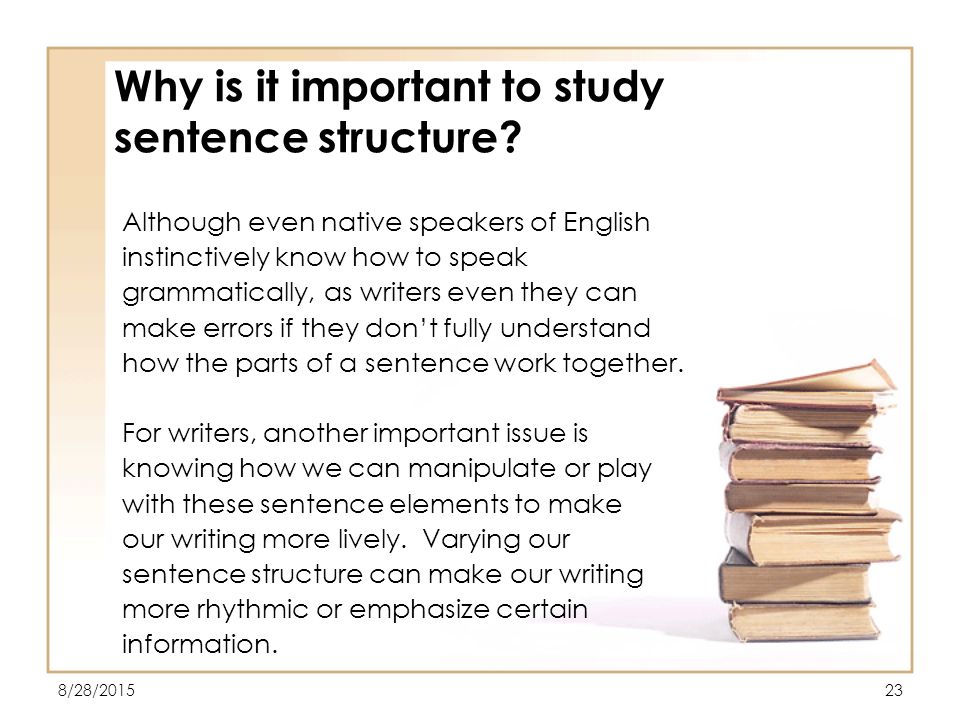 There is just so much depth to this simple subject.
There is just so much depth to this simple subject.
Here are some fun and easy ways to work on shapes with your children. Play is key with these.
Just TalkI think we try to make teaching our children too hard sometimes. The simplest way to work on shapes is just to talk about them.
My mother-in-law calls the toddler years the years of two names. Everything you share with your children has two names. For example, you don’t just hand your child a cup you hand them the blue cup. Or we play with the red ball.
Whatever it is, we can naturally add descriptors that are teaching our children. Use shapes the same way. You can read the square book or play with the triangle magnet. You don’t need big explanations, especially with very young toddlers.
Just start using the vocabulary.
Shape HuntsMy kids love going on scavenger hunts. It doesn’t matter what we are looking for, they adore it.
So send your kids on a shape hunt!
I have my children gather up anything that is triangle shaped, or circles.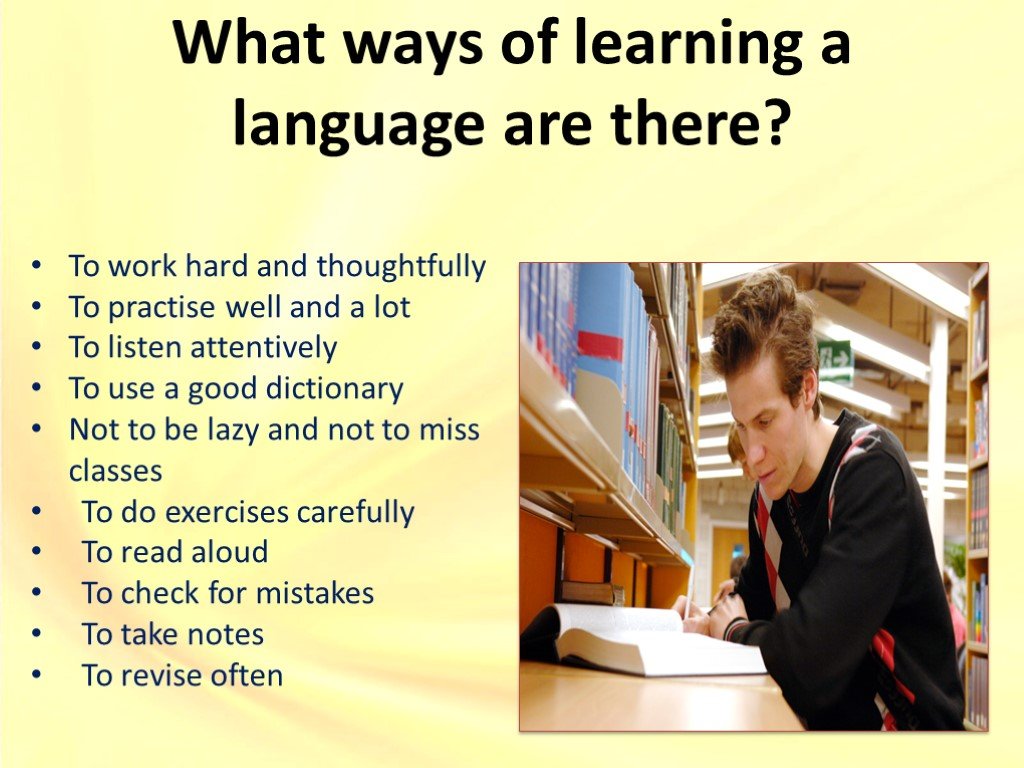 It is easier to focus on one shape at a time with toddlers. Preschoolers can look for more than one shape at a time, adding in sorting practice along with the shape practice.
It is easier to focus on one shape at a time with toddlers. Preschoolers can look for more than one shape at a time, adding in sorting practice along with the shape practice.
You don’t need anything special for this. Regular household items and kid toys come in all shapes. But if you want to make it more specific, try cutting shapes out of construction paper.
Low cost and easy cleanup.
Shape ToysShape sorters are a staple for a reason. You can find them in every price range. (In fact, Ali and Sammy’s favorite shape sorter came from Walgreens for about $5.)
These sorters practice shape recognition, problem-solving skills, and spatial relations, all in one little toy.
You can even make your own. Grab some blocks or other key shapes and trace them onto a shoebox or other box. Then cut the shapes out and let your children sort!
Coloring and TracingColoring books and shape workbooks are a wonderful way to work on shapes. Plus you get work on sitting still and focus skills.
Plus you get work on sitting still and focus skills.
Coloring is a childhood staple that is full of benefits. (Learn all about the benefits of coloring here!)
While your child is coloring, talk about the shapes on the page just as you would talk about the colors they are using. Tracing books provide additional writing practice that will come in handy when they are older.
Play-Doh Shapes
This is one of my favorite ways to work shapes. Sensory activities are stepping-stones for STEM skills in life, plus they help children really engage in what they are learning.
I created some shape printables for my children. You can laminate them and have your child fill the shapes in with Play-Doh. (Or slime, if you have a slime loving child.)
I don’t have a laminator, as much as I want one. So instead of that I purchased a few clear plastic sleeves used for binders and put the printables in those.
Easy to put together and easy to clean up.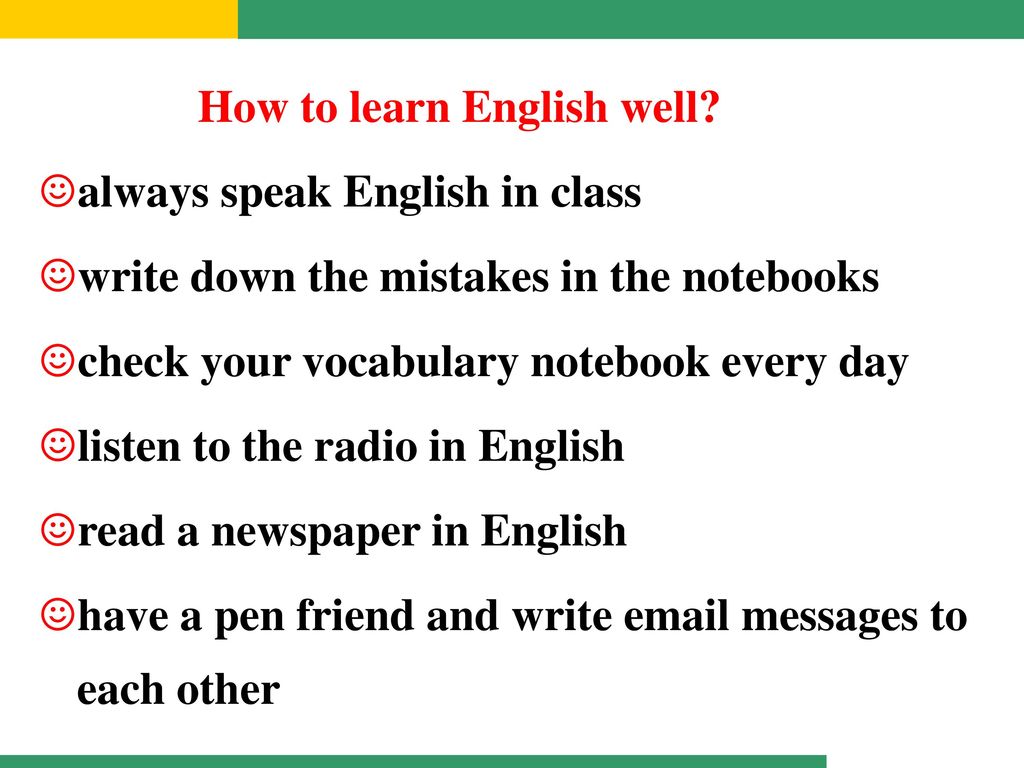 Head to the bottom of this post to learn how to get these for free to use with your children!
Head to the bottom of this post to learn how to get these for free to use with your children!
A great shape activity you can use as a busy bag activity is shape sticks!
Learn how to make them all here: Shape sticks for Preschool and Toddlers
The short version is to group sticks to make shapes and write the number of sticks needed on each group. So write 3 on three sticks for a triangle, etc. This is a great way to build independent play skills while practicing shapes!
Shapes EverywhereShapes are another one of those seemingly simple topics that have big implications for children. And adults.
Think of all the symbols and signs we can recognize just by the shape, even without words. Octagons are stop signs. An upside down triangle is a warning. Hearts mean love and stars are usually a good thing.
Shapes are such an important first step towards literacy and math skills. Things like shapes seem so simple and basic, yet they are teaching our children more than we can imagine.
You can get these coloring pages and Play-Doh mats for your kids! These are available for download in my free printables section. You can gain access to all the free resources by signing up for the Team Cartwright mailing list. Once you sign up you will get an email with the printables password. This library contains all kinds of learning aids. The color by number pages, train learning activities, and my Lego coding worksheets. It also unlocks my twin tracking worksheets! Signing up also adds you to my email list, which you can, of course, unsubscribe from at any time.
I want the Freebies!
Sign me up to join the team! This gives me access to the free printables and adds me to the Team Cartwright mailing list.
Bonus Shape Practice Printables
Hands-on activities are amazing for learning about shapes.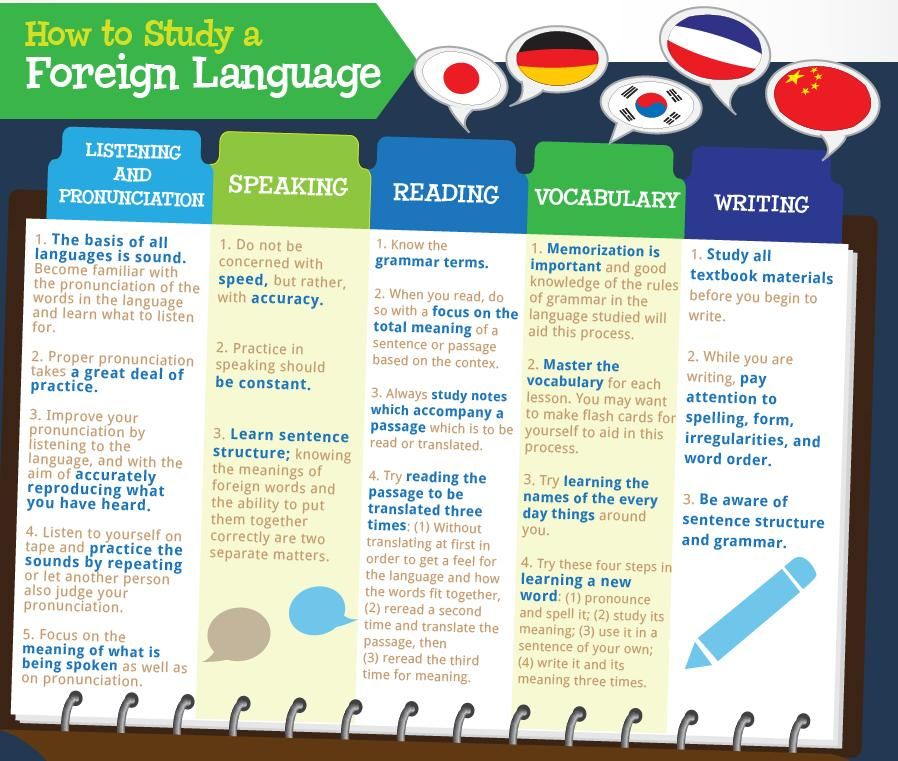 But worksheets can be helpful as well. These three free worksheets are great for shape practice.
But worksheets can be helpful as well. These three free worksheets are great for shape practice.
Your child can practice tracing the shapes and then draw them in with the dots. Finally, practice scissor skills while you cut and paste the pictures with the proper shape. Easy and fun! (And don’t forget to let them color their shapes too.)
Get the worksheets!
Find your next fun activity! Where would you like to start?
How useful was this post?
Click on a star to rate it!
Let us improve this post!
Tell us how we can improve this post?
What form of education to choose?
home > Schoolchildren and applicants > Small Encyclopedia > What form of education to choose?
You have already decided on a university or college, but still do not know what form of education to choose, then this article is for you.
Pros and cons of different forms of education:
Full-time - study in the daytime. Usually classes go in pairs, there are 3-5 pairs daily, which corresponds to 6-10 hours.
Usually classes go in pairs, there are 3-5 pairs daily, which corresponds to 6-10 hours.
"+" full-time :
- provides an opportunity for personal communication with teachers, which allows you to get answers to all questions that appear in the process of studying;
- rich student life: communication with peers, participation in the scientific life of the university, as well as in various events;
- frequent tests and tests encourage students to regularly refer to notes and textbooks, which contributes to the acquisition of a high-quality knowledge base;
- for the male half of the students, full-time education is attractive with the possibility of deferment from the army.
"-" full-time:
- full-time education is in most cases more expensive than part-time;
- full-time education takes up most of the student's time, in such a situation it is quite difficult to combine study and work;
- since studying is the main activity of full-time students, teachers have higher requirements for them.
Part-time (evening) - training from 18 to 21-22 hours 4-5 times a week. Usually classes go in pairs, there are 2-3 pairs daily.
"+" part-time form :
- the presence of direct contact with the teacher, who is ready to answer any questions of interest;
- the possibility of combining study and work, because the educational process itself takes place outside working hours. Thus, upon graduation, the student will have both education and experience;
- evening uniform, as a rule, is cheaper than full-time uniform;
- often a more loyal attitude of teachers to students of evening education, because many of them combine the educational process with work.
"-" part-time:
- not all students are ready to combine study and work in full, because it turns out a rather high workload: work from 8 to 17, come to classes at six in the evening and leave at 22.30 at best. This mode is very difficult to maintain for a long time, such a schedule causes overwork for many;
- the term of study is more than a year, and is at least 5 years at a university and 4 years at a college.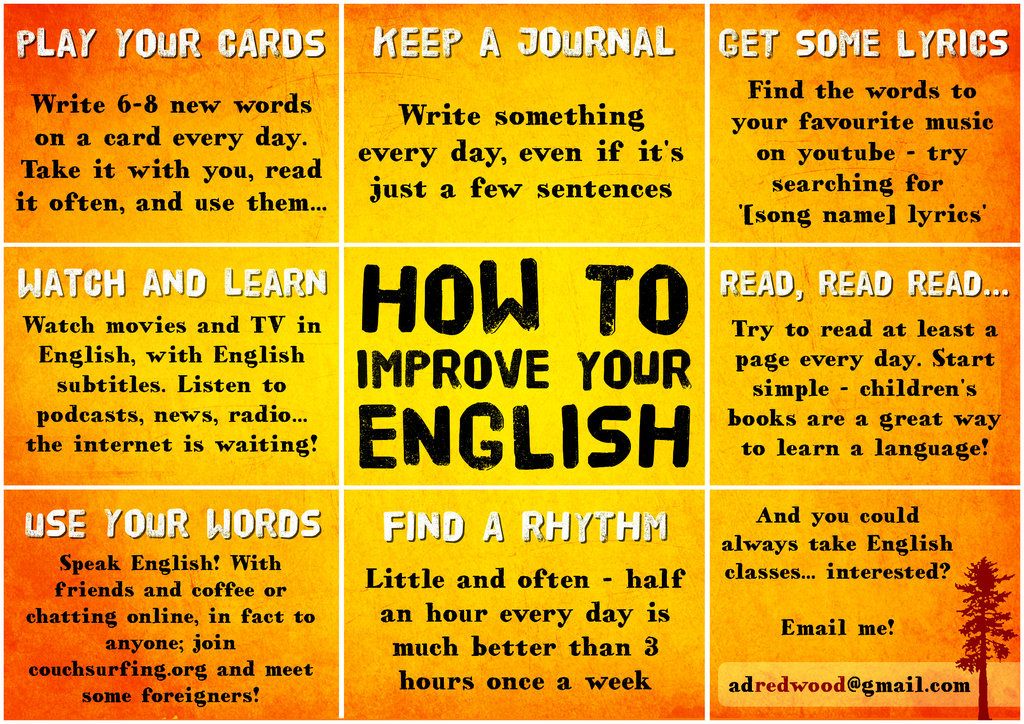
Correspondence - students come 1-2 times a year for sessions in an educational organization for a period of 20-40 days. During the session, students attend classes, after which they take exams. In the intersessional time, students independently master the curriculum, complete term papers and tests, which are sent to the address of the educational institution.
"+" correspondence form :
- more free time, visiting an educational organization takes only a couple of weeks in six months;
- there is a real opportunity to combine work and study;
- the official fee for part-time education is less;
- just like in the evening form, a more loyal attitude of teachers to students, here knowledge is evaluated more than attendance;
- there is an opportunity to gain work experience while still a student of an educational organization.
"-" correspondence form:
- it is more difficult to acquire knowledge by correspondence course, the student receives most of the information on his own, and this requires good self-regulation and a high level of motivation of the student himself;
- the term of study is more than a year, and is at least 5 years at a university and 4 years at a college;
- student life is not as bright and eventful as in full-time education.
Distance learning – training with the use of computer and information technologies designed to transfer knowledge at a distance. Video conferences, chats and special channels of interaction between students and teachers and among themselves are used. This form allows you to study in nonresident educational institutions without leaving your city.
"+" distance learning :
- teaching disciplines at an individual pace - the speed of studying materials is set by the student himself, depending on his personal circumstances and desires;
- availability of education for any person - regardless of geographic location and time;
- manufacturability of the educational process - the use of the latest achievements and discoveries of information and telecommunication technologies in the learning process;
- social equality - implies equal opportunities to receive distance education, regardless of the place of residence, health status, nationality and material condition of the student.
"-" distance learning:
- lack of real, "human" communication between students and teachers. That is, there are no all those moments associated with an individual approach to learning;
- regular rigid self-discipline is necessary, the result of training directly depends on the independence, abilities and consciousness of the student;
- constant access to sources of educational materials (electronic textbooks, video materials, etc.) is required. This requires good technical equipment at home;
- the lack of practical exercises necessary to consolidate the theory and improve the assimilation of knowledge;
- the term of study is more than a year, and is at least 5 years at the university;
- student life is not as bright and eventful as in full-time education.
Individual curriculum - independent study of academic disciplines in the chosen area of training (specialty) with subsequent certification (current and final). The implementation of the student's individual curriculum is determined by the internal regulations of the educational organization.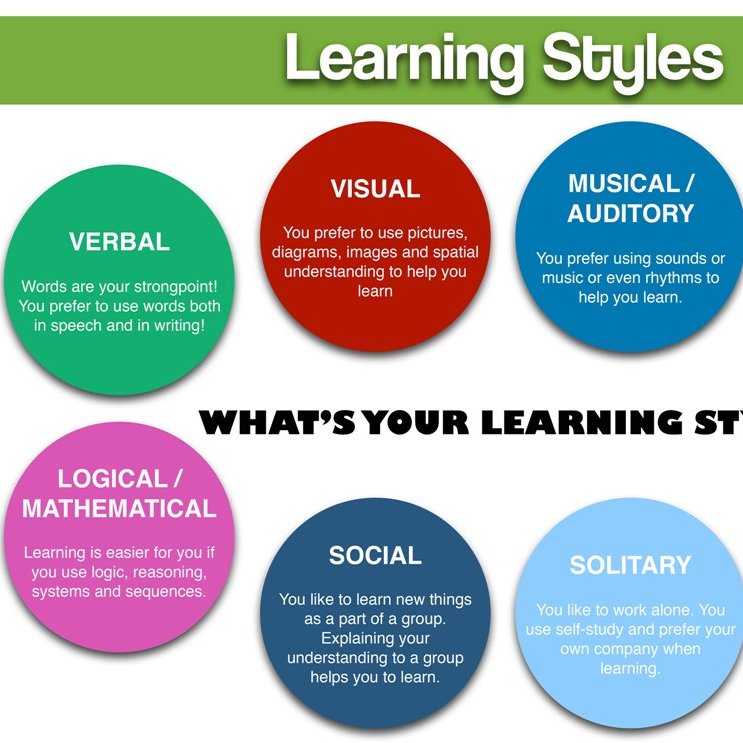 To clarify the possibility of studying according to an individual plan, you must contact the admission committee of the educational organization .
To clarify the possibility of studying according to an individual plan, you must contact the admission committee of the educational organization .
Benefits of part-time education
- home
- News
- Articles
- Advantages of part-time education
Contents:
- Low passing score
- Affordable cost
- Possibility to combine with work
- Communication with the teacher
- Long term admission
- Benefits at the place of official employment
- Disadvantages of part-time education
- Conclusion
In today's conditions, the part-time form of higher education is gaining noticeable popularity. Its demand is explained very simply - convenient and favorable conditions for teaching students. It makes sense to consider the main advantages of this format of professional training in more detail.
Its demand is explained very simply - convenient and favorable conditions for teaching students. It makes sense to consider the main advantages of this format of professional training in more detail.
But before that, we need to understand the terms. Full-time-correspondence form of education refers to classes that are held in the evening or on weekends. In other words, the student continues to conduct professional activities, combining it with higher education. The main and only drawback of this format is obvious - the high workload on the student. It is offset by several important advantages.
Low passing score
The main advantage of part-time education is considered to be a low score that allows you to enter a particular university. The fact is that this training format is still relatively unpopular, although the situation has changed in the last 2-3 years. An additional impetus to the growth in demand for part-time education was given by the coronavirus infection. It is important to note that with any development of the situation, this format of training will be in higher demand.
It is important to note that with any development of the situation, this format of training will be in higher demand.
Affordable cost
The cost of part-time education is noticeably lower than regular full-time education. This is due to the flexible learning schedule. An important additional advantage is the conduct of classes after hours, which equally applies to both teachers and students. As a result, the total cost of training is reduced by one and a half to two times, which is very significant for the budget of a potential student.
Can be combined with job
But the most important advantage of part-time training is the opportunity to study and work at the same time. This leads to a very serious workload for the student, but allows you to get several additional benefits. So, the student better understands what exactly he needs to study, and he also has the opportunity to apply the acquired knowledge in practice. It is this format of training that is rightly considered effective.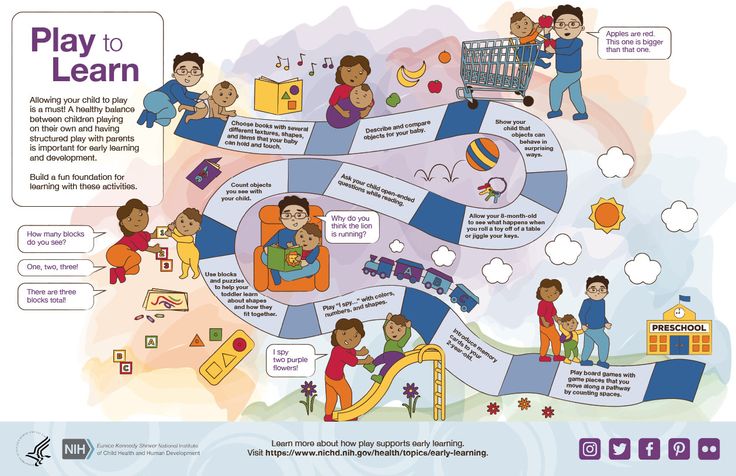
Communication with a teacher
Part-time education provides for regular classes in classrooms. Such rules for organizing the educational process are offered by all major universities, including IMES. Teaching is conducted by the best specialists of the institute or university, which guarantees the quality of the presentation of the material.
An additional advantage is the possibility of direct communication between the student and the teacher. A conversation is often more useful than a long lecture. It is difficult to overestimate the benefit of receiving direct answers to questions posed by the student to the teacher in person.
Long enrollment period
Recruitment for part-time studies takes noticeably longer than for alternative training formats. This allows you to choose the best option for obtaining education from those available for a specific period of time. This option is especially advantageous for students who have not enrolled in full-time studies.
Benefits at the place of official employment
Many employers encourage employees to receive additional education. The result of such a personnel policy is benefits aimed at employees enrolled in part-time education. In this case, the employer does not lose the employee and at the same time receives an increase in his qualifications in the future. Obviously, this approach to education is beneficial to both parties. As a result, many enterprises introduced appropriate benefits. They include:
- provision of additional paid leave during the session;
- establishing a flexible work schedule;
- shortened working day;
- providing days off at the request of an employee;
- temporary release from part of official duties, etc.
When choosing a form of education, one should take into account not only the advantages, but also the disadvantages of each of them. The main disadvantage of part-time training is the increased burden on the student, who is forced to combine work and study.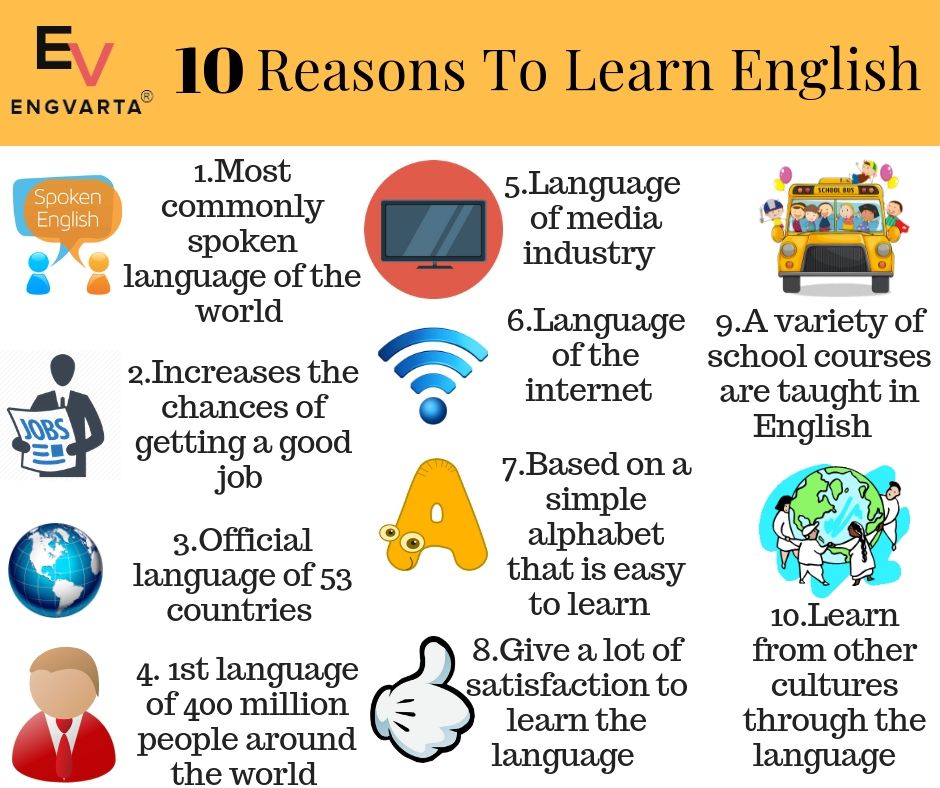 Other disadvantages of this approach to education are:
Other disadvantages of this approach to education are:
- a significant amount of educational materials intended for self-study;
- reduced lecture time, which leads to a decrease in the amount of knowledge transferred by the teacher;
- not receiving benefits intended for full-time students - scholarship, deferment from the army, living in a hostel;
- extension of the term of the educational program - by approximately 1-2 years, depending on the specialty.
The shortcomings listed above are compensated by a much more impressive list of advantages. The opportunity to get higher education on the job and at a reasonable price outweighs any disadvantages of this form of education.
Conclusion
The part-time format of higher education is widely used in today's conditions. Its competent use allows you to combine the effectiveness of training and compliance with the restrictive measures introduced due to the coronavirus.